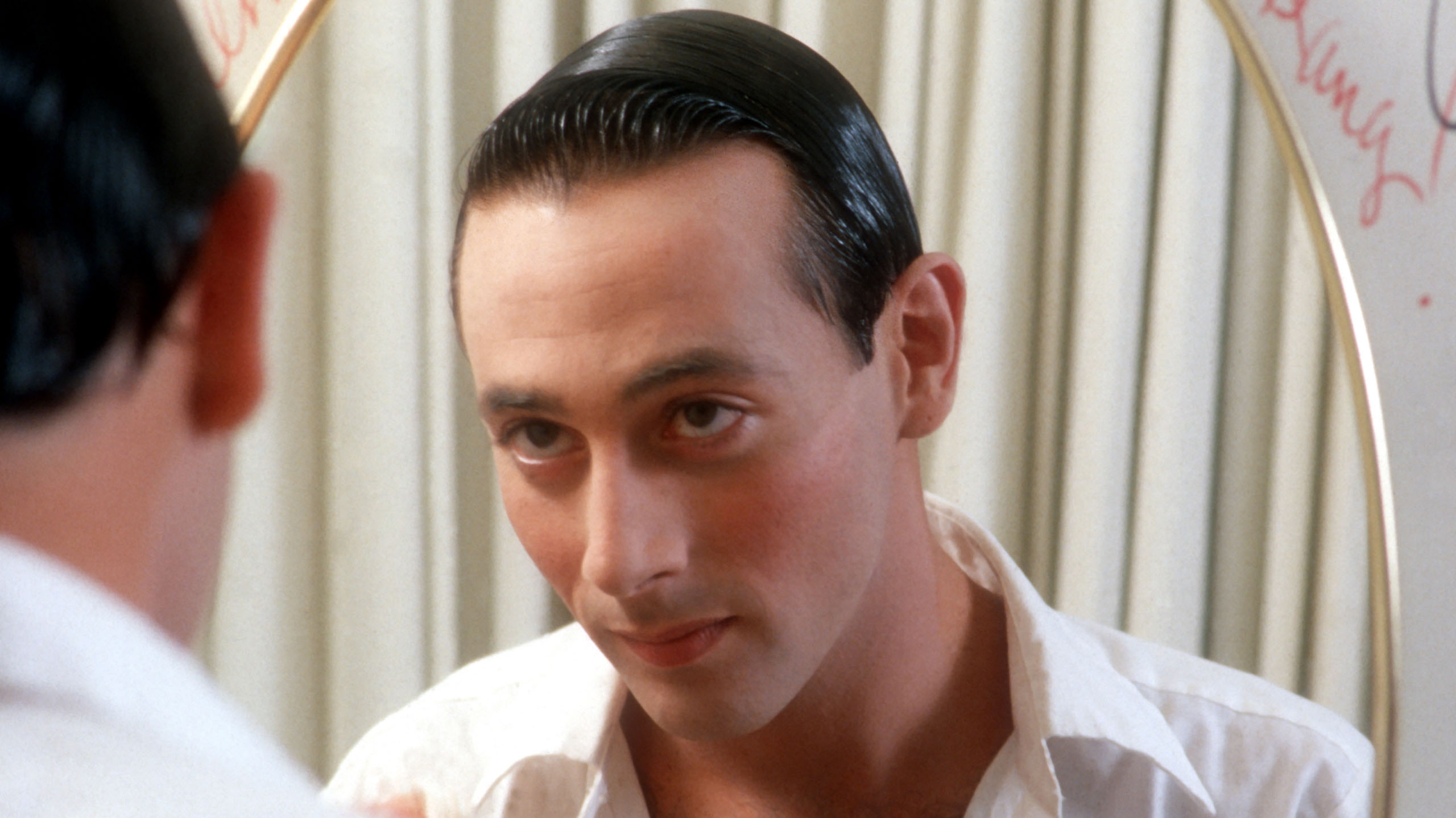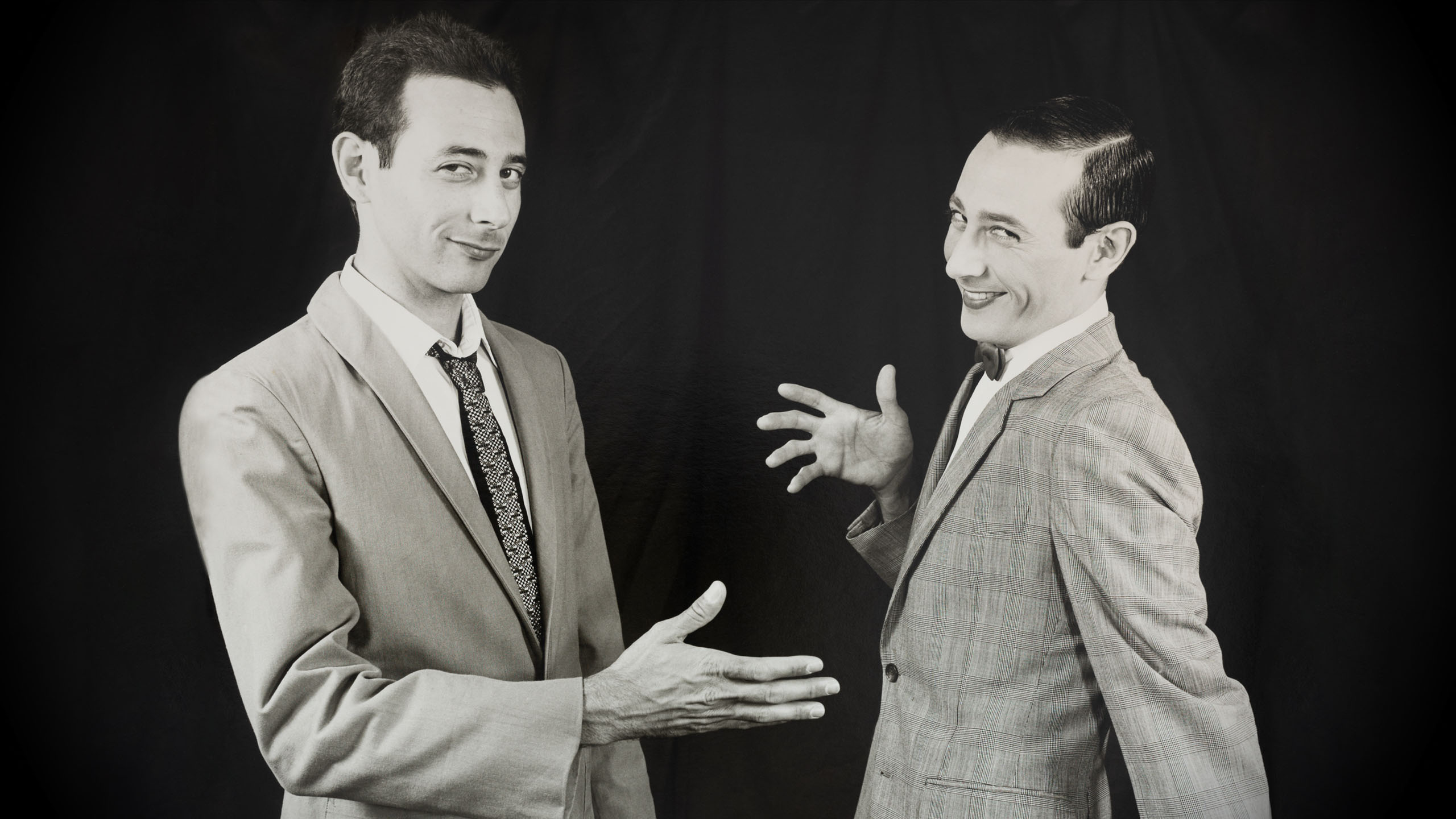Crafting Memory: The Emmy-Nominated Sound & Post-Production Behind Pee-wee as Himself

By: Ellie Powers
Director Matt Wolf calls post-production his favorite part of the filmmaking process, especially when working with archival footage. “I’m always trying to make old things feel revelatory and new,” he says. That philosophy shaped every aspect of Pee-wee as Himself, the Emmy-nominated documentary about Paul Reubens, whose iconic alter ego Pee-wee Herman left an indelible mark on pop culture.
The film blends interviews, moments from Pee-wee’s shows and movies, and a treasure chest of personal archives including film, video, and photographs from Paul himself.
Supervising sound editor and re-recording mixer Dan Timmons calls the resulting documentary “a cross between a flickering hologram of memories and a dancing kaleidoscope of associative imagery.” The artists behind the finishing process helped Matt transform this collage into an emotionally resonant tribute to a singular performer.
Subjective Sound Design & Restorations
The sound finishing team, including Dan Timmons, dialogue editor Ian Cymore, sound effects editors Ryan Billia and Jeremy Bloom, and sound editor Kelly Rodriguez, was nominated for Outstanding Sound Mixing for a Nonfiction Program, one of five Emmy nods for the film. Their work was instrumental in turning archival footage in varying levels of decay into a rich, immersive soundscape.
“Very few people realize that most archival footage is silent or has very degraded and limited sync sound,” Matt explains. “Dan and his team did an incredible amount of work to bring it to life with sound design on every single shot.” That included field recordings, captured by the team, outside Paul’s house to recreate the atmosphere of that “magical and private place,” as Matt says. This effort helped fulfill Paul’s wish for the film to feel “dreamy.”
Dan remarks that his role in the process is to “underpin Paul’s narration, follow him on his tangents, subliminally scaffold the film’s imagery, and always bring us back to the center of the story, his incredible persona as told by his gorgeous voice.” Which he adds was a pleasure to mix.
This careful layering of subjective sound design reflects Matt Wolf’s broader philosophy of storytelling. He likens his films to records, where each element plays a distinct role in shaping the viewer’s experience. “The interviews are lyrics, the sound design provides depth and perspective, and score sets the stage for an emotional experience.” Dan’s team struck a balance that allows viewers to feel present in the story rather than distanced by its archival materials.
Ian Cymore echoed this sentiment, noting the emotional weight of the interviews. “I felt a strong responsibility to take special care of the footage, as it turned out to be some of the last public statements Paul made before his unexpected death,” he said. “Paul’s rich interview voice combined with beautifully digitized archival footage and just the right amount of sound design created an authentic soundtrack that we’re all proud of.”

Color and Texture Signals Character Development
The visual finishing was equally ambitious. Colorist Joe Gawler, working closely with Matt, elevated the archival material by enhancing its texture and emotional tone. “Joe constantly saw the imagery as part of Paul’s character development,” Matt says. “He enhanced Paul’s kaleidoscopic imagination with color.”
That approach aligned beautifully with the aesthetic foundations of Pee-wee’s world. Gary Panter, the production designer of The Pee-wee Herman Show, once described his set design as “pastel Bauhaus.” Joe brought that concept to life by pulling out color that was organic to the subject, whether from a handmade Super 8 film or a crude VHS recording. His subtle, detailed approach contributed to a reappraisal of Paul’s artistry and highlighted his clarity of vision.
Joe also crafted a visual progression that mirrored Paul’s life. “The early days of Paul growing up through the first years of Pee-wee’s Playhouse were meant to have a handmade look like it was put together with crayons and construction paper,” he explains. “As the film progresses to Paul’s success and growing budgets for the Playhouse all the way to the Broadway production, we pushed the grade to be shinier, more colorful and precise.”
VFX artist Kevin Szczepanski noted the complexity of working on a three-hour documentary with an archival-heavy workflow. Thanks to meticulous coordination by VFX supervisor Vanessa Martino, the team was able to conform and finish the film at the highest quality possible using Filmlight’s Baselight software.
Every element of post-production served Matt’s goal of emotional immersion. “The audience shouldn’t be thinking about this as archival footage,” Matt says. “They should be immersed in the story and its emotional experience.”
Pee-wee as Himself is more than a factual recounting of Paul’s life. It’s a layered, subjective experience, shaped by a team that treated every sound, frame, and texture as a vital piece of the puzzle. The Emmy nomination is a recognition of that artistry and of the care taken to honor Paul Reubens’ story and final words.


